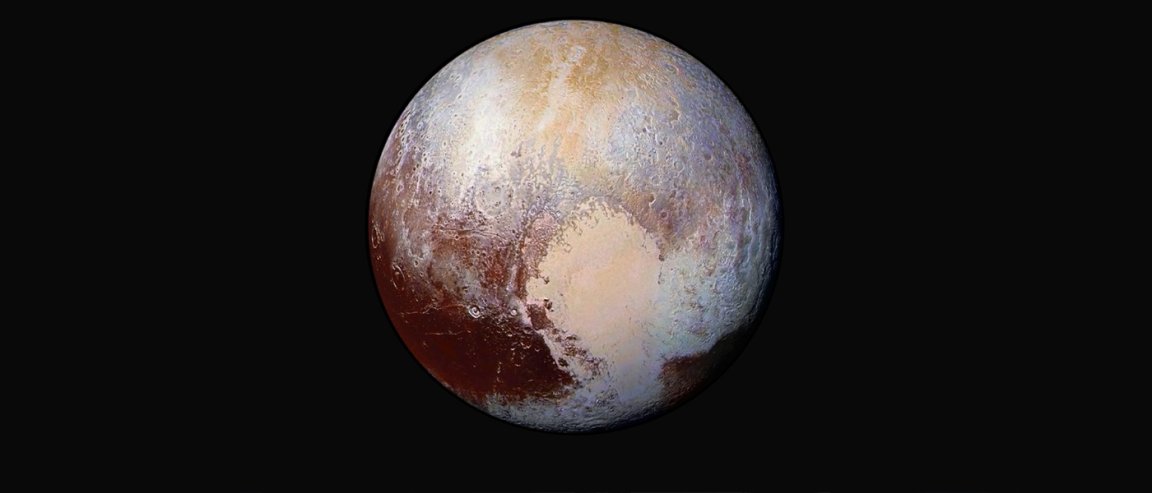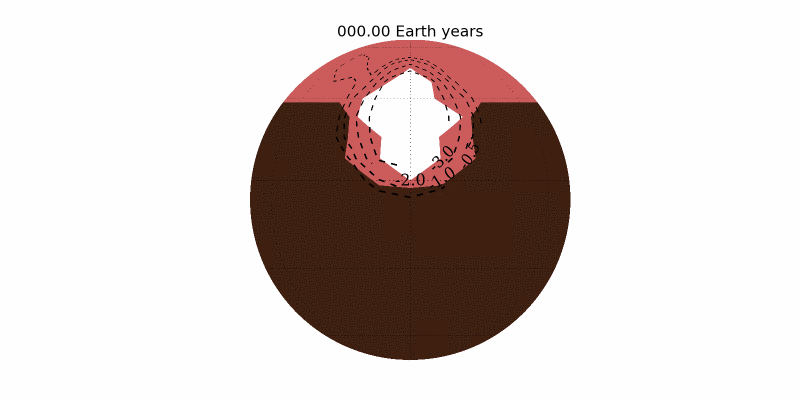
An Icy (But Beating!) Heart
Pluto got the world’s attention in 2015 when high-resolution images of the dwarf-planet captured by NASA’s New Horizons spacecraft were made public. Since then, these images have given astronomers a great deal of data about Pluto to study, and one of Pluto’s features in particular has captured the world’s curiosity: its heart.
Not a heart in the sense of an organ, of course, but a heart-shaped ice formation in a region now known as Tombaugh Regio. The 1,000-km (621-mile) wide western lobe of this region, called Sputnik Planum, is a basin composed mainly of nitrogen ice, with some methane and carbon monoxide mixed in as well.

Using data from New Horizons, a team of researchers from the Université Pierre et Marie Curie (UPMC) in France were able to build a computer simulation recreating Pluto’s atmospheric development over a 50,000-year period.
Seasonal changes over Pluto’s long year, which is equal to 248 Earth years, are slow. This causes a freezing-melting pattern of behavior from the methane ice over the basin, while the nitrogen ice at its bottom remains largely unaffected. When reproduced by UPMC’s simulation, the retraction and extension behavior of the ice makes it look like Pluto’s heart is actually beating.

Another Win For New Horizons
This new discovery about the creation of Pluto’s heart is just one of many insights to be gleaned from NASA’s New Horizons mission.
Since launching in 2006, the mission has completed studies of Jupiter’s atmosphere, as well as of Pluto and its moons. Pending NASA approval, the next destination for New Horizons is deeper into the Kuiper Belt to explore an area more than 1.6 billion kilometers (1 billion miles) beyond Neptune’s orbit.
By providing researchers with previously unavailable data on the surface properties, geology, interior makeup, and atmospheres of these far-away bodies, the New Horizons mission is bringing us one step closer to understanding the universe in which we live.